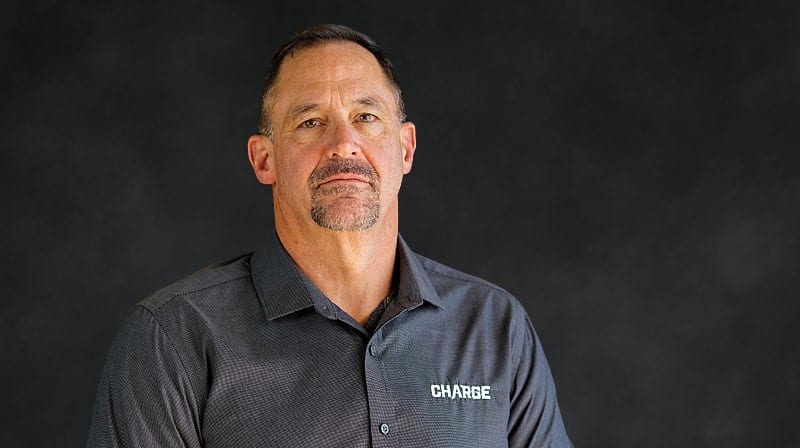Discipline is a critical component of high-functioning safety-focused teams. Used in the right way, discipline establishes an organization’s commitment to safety by enforcing the rules and procedures designed to keep people safe. It encourages employees to always be vigilant about following safety protocols, especially when engaging in high-risk tasks such as hot work, working around energized systems and in lockout/tagout jobs.
There are two type of discipline: imposed discipline and self-discipline. The first, imposed discipline, is more often associated with the term “military discipline.” It focuses on compliance with established procedures, rules, or guidance and direction from above. It is a means to achieve efficiency in accomplishment of routine duties or procedures.
Self-discipline is an internal force that morally obligates each of us to do what they know is right—in this case, to cooperate with each other in the pursuit of a common goal. The obligation is internal in each individual; it is something he or she feels strongly about. Coupled with a sense of camaraderie and care for each member of the team (crew), it pulls from within and causes each person to do everything they can for fellow teammates.
Discipline is a mindset, a way of thinking and behaving. It runs through everything that we do. We do so because of something inward, not because they are compelled by controls being put on us.
When it comes to promoting strong safety outcomes, the focus needs to be on making sure people have what they need to work safely. This means discipline should be used to build accountability around safety performance. Although some organizations equate accountability with punishment, we define it as an ongoing evaluation of performance relative to an established objective, target or standard, with feedback and other consequences based on that performance. While we often hear people say, “everyone is responsible for safety,” in organizations that excel everyone is accountable for safety.
Someone else may be in charge, but that does not absolve us from the responsibility to do everything we can to achieve the common goal. It does not reduce our responsibility to cooperate within our team and beyond.
Leaders can draw on three principles to foster safety accountability in their organization: context, direction and tracking.
Context is about helping people understand their role on the job and in safety within the organization. Leadership’s role is to model desired behaviors and create a culture in which employees can work safely. In such a culture, employees are committed to safety beyond just the rules and not afraid to speak up if they are concerned about an issue. The role of foremen, superintendents, and managers is to promote good safety practices, support individuals who stop work when risk increases, and reward those who don’t take shortcuts that undermine safety. Context builds accountability by helping people understand how safety benefits them.
Direction is about helping people develop clear objectives that tie into safety goals and enabling them to achieve those objectives. Every level within the origination needs to have clear and specific safety goals. Front-line employees have the JSA as a roadmap and daily planning tool to outline what they plan to accomplish that day and identify specific hazards. They should also be expected to adhere to SOP and standards, and participate in established safety programs. To build accountability, employee goals and responsibilities should focus on the systems and activities that drive safety outcomes, rather than on the outcomes themselves (e.g., injury rates).
Tracking is about measuring performance against objectives through monitoring processes and supporting systems. Daily reports, DVIR’s and iAuditor ensure consistency and effectiveness of data collected, but are not the sole means for tracking. When observing a crew, what do you see? Are there trends or behaviors that may not show up in reports that could be leading indicators about potential safety issues?
With these three principles in place, leaders can promote health and safety accountability and tie discipline to transparent safety goals. As leaders, we must create a climate in which self-discipline and a high level of initiative can flourish. This climate depends on us. Ensure people understand their role in reducing exposure and achieving the highest safety outcomes. Our teams will judge actions, not words, and respond positively to leadership by example.

